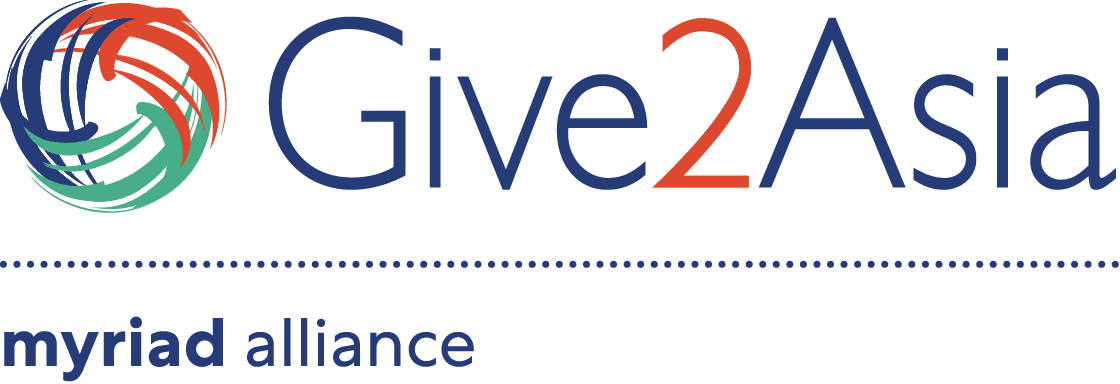Nepal is still battling its second wave of COVID-19. The country faces new challenges as the monsoon season brings in destructive flooding and landslides.
Update: Donate online to support COVID-19 relief in Nepal
June 2021:
By Dr. Suresh Tamang (Nepal Country Advisor) and Avi Rembulan (Disaster Program Manager)
In early March, Nepal’s COVID-19 case rate stood at a manageable 89 new cases per day. Since then, cases have spiked dramatically. Throughout May, new cases reached a high of between 8,000 to 9,000 daily, putting immense pressure on the country’s overburdened health system.
Now, the rainy season brings further challenges to struggling communities. Since mid-June, heavy rains are creating widespread damage across several regions, further intensifying the vulnerability of many communities.
Interaction Effects of COVID-19 and Monsoon Season
Nepal experiences the effects of the monsoon season annually. However, its onset while authorities work to control the coronavirus has made an already complex issue even more urgent to address. The country currently has one of the region’s highest COVID-related deaths per capita, and its test positivity rate exceeded even India’s. With hundreds of families further cut off from health services and taking refuge in evacuation centers, there are concerns that new crises may emerge.
The pandemic has already severely impacted incomes and affected access to basic services. Food prices have increased, and many farmers have been unable to sell their crops due to lockdowns. In the monsoon season, the concerns multiply, threatening already vulnerable communities. In remote areas, for example, few communities have access to healthcare facilities during landslides, and people with chronic illnesses struggle to find medical services. In addition, several quarantine facilities are reportedly vulnerable to flooding.
In evacuation centers, the need to provide emergency relief like food and drinking water persists. However, aid organizations report that almost half of evacuation centers also lack hand-washing facilities and more sites lack soap, making maintaining proper hygiene difficult, and increasing people’s risk of contracting water-borne diseases and COVID-19.
Then there are the direct risks from the flooding itself. In the Melamchi/Helambu area alone, at least 16 people have been killed and 400 families have been displaced. Infrastructure damage is also significant, with five bridges collapsed and two schools swept away by the flooding. Nationwide, the government forecasts the number of individuals displaced will reach 180,000 if the flooding and landslides continue.
How Relief Organizations are Responding
To address the twin threats of flooding and COVID-19 amid already delicate circumstances, relief organizations say that coordination will be critical. Government officials and NGOs must provide access to food and shelter while also maintaining health and safety in evacuation centers.
As relief and rescue operations continue, Give2Asia is supporting several local organizations working to support communities hardest hit by the flooding while adjusting to the COVID-19 landscape. Group for Technical Assistance (GTA) is working in Melamchi and Helambu municipalities in Sindhulpalchowk region to deliver emergency food, water, hygiene and sanitation kits and shelters for flood survivors. In the Accham district, Nyaya Health Nepal has been working with government authorities to provide care to COVID patients and reduce the risk of infection, while also pursuing its mission to provide regular medical services to communities. Other Nepali NGO partners—such as KOSHISH Nepal, Sano Paila, Nepal GoodWeave Foundation, and One Heart Worldwide—are also working on the ground and providing a variety of services in response to COVID-19 in Nepal.
Give2Asia is proud to connect donors with nonprofits in Nepal and thanks them for their continued support. You can help by donating online. For large gifts or corporate giving opportunities, please contact our international giving team.




